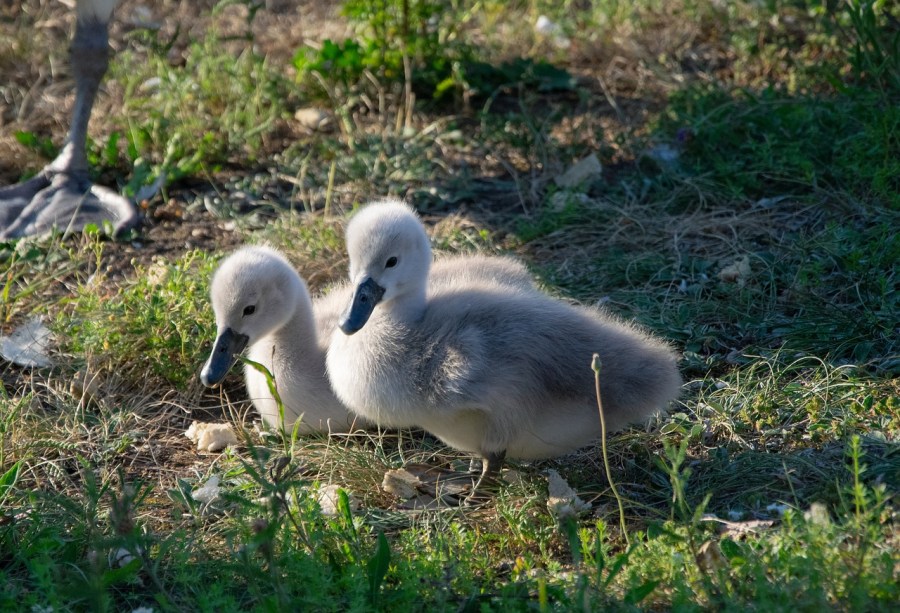Natalie Sleeth Baby What You Going to Be

Do you know what a baby swan is called? If not, we've got you covered. A baby swan is called a cygnet. Male swans are called cobs and females are pens. Contrary to most birds, cygnets have extremely long childhoods, and you'll often see large "teenaged" cygnets hanging around with their parents and an entirely new group of baby siblings.
Classification of Swans
The word cygnet originates from the Latin word, "cygnus." The scientific name for swans is Cygnus atratus. They're classified under the waterfowl family Anatidae and also close relatives with the geese and ducks. Black-necked swans, black swans, mute swans, trumpeter swans, and tundra swans are examples of some of the species available today. Mute swans, trumpeter swans, and whooper swans are the largest species of swans. The typical weight of swans is approximately 33 pounds and their height while standing alert reaches up to 5 feet. Their wingspans can reach 10 feet.
Life of Cygnets
Pens often lay three to nine eggs and, after an incubation of more than a month, the cygnets hatch. The cygnets stay close to their mothers for both protection and warmth. You can distinguish cygnets from adults easily as they are smaller and often covered in a gray, downy coat. This coat eventually becomes snowy white like its parents when it reaches 20 pounds. A swan's brood consists of three to nine cygnets, and they build their nests out of twigs and leaves on land. Adults eat water plants, grains, and grasses, but cygnets live on aquatic insects and crustaceans. They're able to capture such creatures when they're stirred up by their parents.
Young swans are old enough to establish a bond as young as 20 months but typically don't start to nest and raise their cygnets until they're 4 or 5 years of age. This pair stays together during the breeding season but may switch partners the following year. Adult swans are devoted parents and protect their cygnets fiercely.
Important Facts About Swans
Swans are found on both sides of the Equator across the Northern Hemisphere and Southern Hemisphere and take part in a small migration seasonally. Several species are known to be migratory or partly migratory whereas others are resident swans. For instance, tundra swans are classified as fully migratory while the mute swans are a partial migrant. They live in habitats like flooded grassland, wetlands, lakes, and ponds. Swans make loud, tuneful, trumpet-like honking sounds when calling out. In a protected environment, their life expectancy is as long as 30 years.
In the 1930s, swans were nearing extinction, but measures were taken to safeguard them, and now their population has grown substantially. An adult swan has approximately 25,000 feathers in its body. They usually fly in groups in a V-shaped formation. It's also worth noting that they can fly up to 60 miles per hour (mph), although their average speed is between 19 to 31 mph. Another interesting fact is that a fear of swans is called cygnophobia.
MORE FROM REFERENCE.COM
Natalie Sleeth Baby What You Going to Be
Source: https://www.reference.com/pets-animals/baby-swan-called-fd521b6760e8b451?utm_content=params%3Ao%3D740005%26ad%3DdirN%26qo%3DserpIndex
0 Response to "Natalie Sleeth Baby What You Going to Be"
Post a Comment